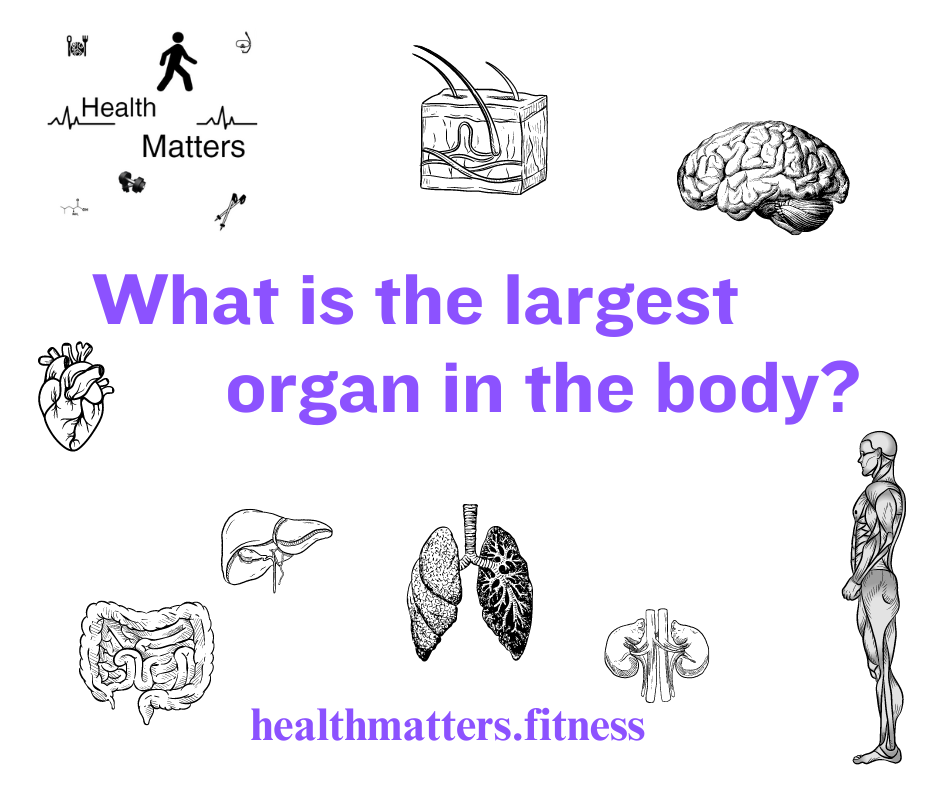What is the largest organ in the body?
What is the largest organ in the body? – seems like a simple question but like most things in science and medicine, there is more than answer based on how you think about the question. First one must define just what is an organ? The word itself is derived from the Latin word “organum” meaning an instrument or tool. Taber’s Medical Dictionary defines an organ as: A body structure made of several tissues that all contribute to specific functions.
Many people have asserted that skeletal muscle is the largest organ in the body, others contend that skin or the integumentary system is the largest organ in the body. In later articles I will talk more about the concept of skeletal muscle as an organ – but for now will focus on how the skin is a complex, layered system. The “skin” is not just “skin deep”.
The skin is an important part of our immune system. This is often an overlooked part of the immune system however it becomes very evident how important the skin is when people suffer from severe breaches in the system. For example; infection is the most common cause of early death in people who have severe burns.
The skin of course is an obvious part of our physical structure. When we look at the back of hands much of what we see is a group of proteins known as keratin. Sheets of keratin cross fibers provide us a barrier to water and other elements. Keratin proteins are also a major component of our hair and nails.
The skin (integumentary system) including the visible parts of our outsides should be thought of as a large complex organ. Below the outside layer is a complex matrix of structures including protein rich connective tissues. Collagen proteins are part of this system of supporting structures.We are constantly losing protein as our skin sloughs off.
My hope in this article is to show how complex the integumentary system is – it’s not just “skin deep”. All this complexity means there are lots of proteins involved – not just in the structural components of the skin but in all of the proteins that go into the manufacturing of the skin structures and the functional proteins. The integumentary system places a high demand on protein building blocks. To help illustrate these ideas watch this video “the science of skin”.
Check out this quick 3 minute video “The Chemistry of Sunscreen”.
If you want to take a deeper dive into the chemistry of sunscreens, the immunological functions of the skin or other aspects of the integumentary system check out my page: “Skin – Not Just Skin Deep”.
In later articles I will touch on some of the other protein rich underappreciated parts of our body such as mucous membranes, connective tissues and the proteins in our blood. Next article will start to talk about the building blocks of proteins and how that relates to what we eat. If you are ready to read that article click here otherwise I will be sending out this article in about a week to my subscribers.
Russ Coash, PA-C
healthmatters.fitness

Pingback: Protein, Muscle and Quality of Life – Health Matters